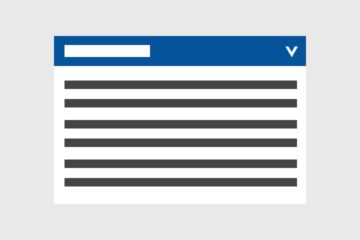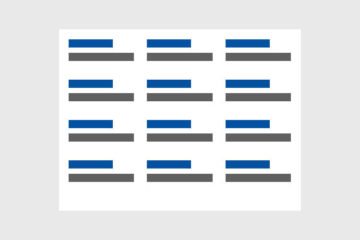
When to avoid accordions on web pages
Before implementing accordions in your design, consider these five scenarios. It might be better to present your content in a more accessible way.

Before implementing accordions in your design, consider these five scenarios. It might be better to present your content in a more accessible way.

If you are a native English speaker, have you wondered what it’s like to read web pages written in English when English is not your first language?

User experience (UX) and design patterns fall under three categories (or hats) – white hat, grey hat, and black hat – or more simply put, the good, the bad, and the ugly.

When looking at links on a web page, how do you decide which one will take you closer to your goal? You’ll choose the one with the highest information scent – the link with relevant terms and context that you think…

We have been actively using Hotjar for the past six months to record heatmap data and discover new insights into how our web pages are being used. This article explains how we are currently using the tool, what updates…

How do we make it easier for users of the University website to find the right link, the right information they need? The current landing pages for current staff and current students provide a plethora of choices –…

We have been using software called cues.ai from a company called Twenty Thousand Leagues, since April this year. When students view a course page, the software prompts students with a question ‘are you interested in…

Online forms can be complicated to complete. How can we make it easy for users to know which fields have to be filled in and which ones are optional? An article by the Nielsen Norman Group recommends that all fields…

The importance of having the correct web page listed in the top few search results has long been known. However, in some cases only a single result gets the attention of users. This has an impact for the University…

How can web designers and developers encourage users to scroll? In 2018, the Nielsen Norman Group reported that 57% of user’s viewing time was spent above the fold (the first visible area of a webpage without…